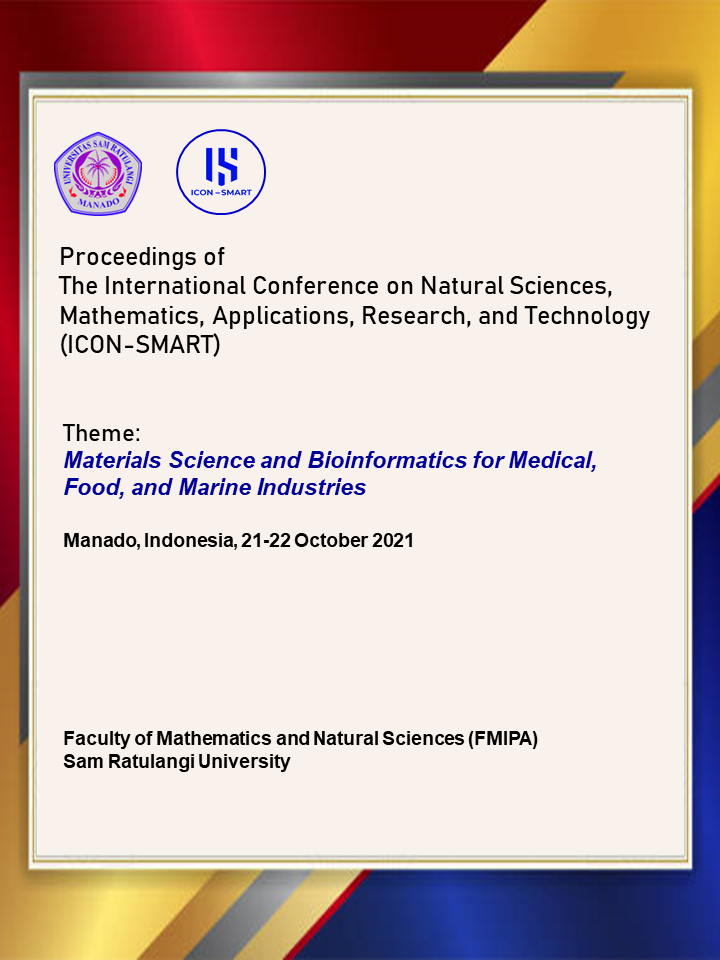Spatio Temporal Characteristics of LST to NDBI and NDVI in Lake Tondano Based on Landsat Imagery
Abstract
Rapid development of building growth resulted in the decline of the green area around Tondano Lake. Tondano lake as a conservation area also acts as a tourist area and watershed. The reduction of green land with the increasing number of buildings causes the ground surface to absorb more hot temperatures from the sun, this will cause an increase in surface temperature on land. This research was conducted with spatiotemporal to analyze land cover in Tondano lake using Landsat-8 Imagery with TIRS (Thermal Infrared Red Sensor) and OLI (Operation Land Imager) bands in the period 2015, 2019, and 2021. The model is based on LST (Land Surface Temperature), NDVI (Normalized Difference Vegetation Index), and NDBI (Normalized Difference Built-up Index) algorithms. Variations in the vegetation greeness index ranged from -0.30 – 0.86 in 2015, -0.21 – 0.86 in 2019 and -0.06 – 0.84 in 2021. Meanwhile, the highest building density index ranged from 0.22 in 2015, 0.29 in 2019, and 0.18 in 2021. Pearson Product Moment correlation is used to determine the relationship between land surface temperature or LST affecting greenish levels or NDVI and building density levels or NDBI. The results of the correlation test showed the relationship between LST and NDVI is that the higher the land surface temperature in one region, the lower the level of vegetation in the region, in contrast to the relationship between LST and NDBI.Downloads
Published
2022-06-15
Issue
Section
Articles

